The Triumphant Return Of Body Sprays
Why are these light, carefree fragrance mists coming back into the limelight? One writer finds out.
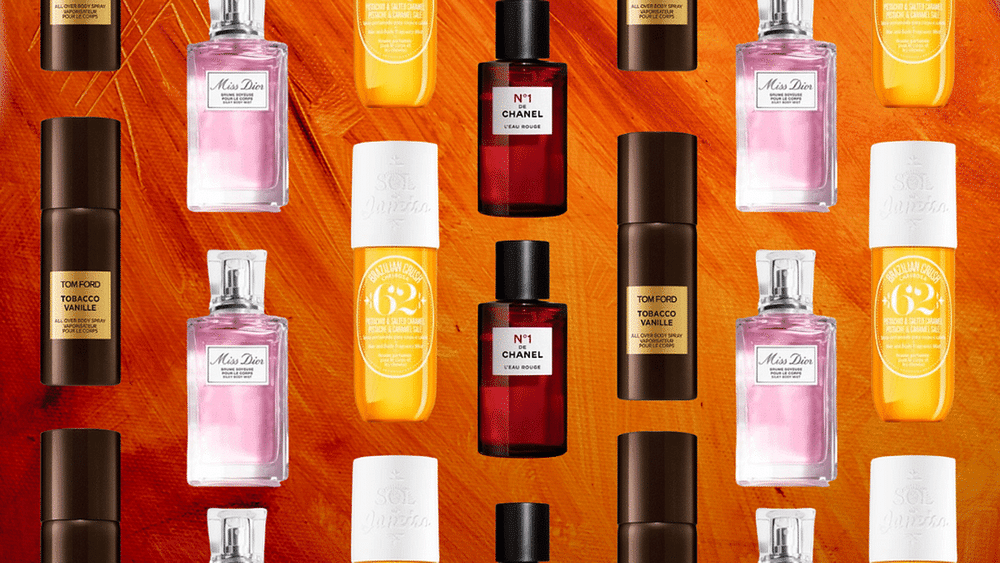
If the words “Victoria’s Secret Pear Glacé” or “Bath & Body Works Sweet Pea” open up a portal in your brain back to the early ’00s, that means you are lucky enough to recall when body sprays had a firm emotional and sensorial grip on our society. “Some of the first body sprays to hit the market from Bath & Body Works, as well as The Body Shop and drugstores, appeared in the mid-’90s and really took off in the early 2000s,” says Gwen Gonzalez, a perfumer for Givaudan. “For a generation of young people coming of age at this time, body mists were their first introduction to a wearable, more complex type of scent.”
The appeal was not only sophistication, but also ease. “The packaging was typically lightweight and travel-friendly, easy to toss in a school backpack or locker for touch-ups throughout the day,” Gonzalez says, adding that these sprays were specifically marketed to young women. “As a teen, you would feel comfortable going into, for instance, a Bath & Body Works store to browse, smell everything, and try the fragrances right there—it was a complete experience.”
Related article: 10 Perfumes Korean Celebrities Love And Where To Buy Them In Singapore
Now, to the shock and awe of millennials and Gen X, body sprays are very much back. According to the 2023 Fragrance Trends Report published by consumer trend research firm Spate, they have seen a resurgence in popularity, perhaps as part of the larger Y2K style revival. Searches for body sprays jumped by 9.8 percent compared to last year, and the #bodymist hashtag now has more than 1.4 billion views on TikTok.
Could the comeback be driven by millennial nostalgia, or is it speaking to a younger generation with no memory of the phenomenon that was Bath & Body Works Cucumber Melon? “It’s both,” says Debi Theis, president of fragrance brand Henry Rose. She believes those who enjoyed body sprays of yore are revisiting them, but that the mists are also drawing in a new generation. “We’re definitely seeing younger consumers that haven’t even heard of body sprays before. They love them as an add-on to their eau de parfums.”
There’s something about youth and being drawn to a body spray—it’s like moths to a flame. Perhaps younger generations are predestined to flock to a lighter kind of perfume. “I think it’s because they don’t have to be so committed to the one fragrance of an eau de parfum, the ‘I spent this money on it and it’s precious to me’–type of view. This is about accessibility, because they’re so into experimentation,” says Theis. “They use their fragrance differently; they don’t stick to one, and body sprays give them a portfolio and wardrobe of fragrances. It’s not as serious, more playful, and allows them to be more liberal and casual about fragrance.” Or, as Sidia founder Erin Kleinberg succinctly puts it: “Parfums were for your grandma; body sprays were for you.”

Photo: Sephora
Sol de Janeiro Brazilian Crush™ Cheirosa 62 Hair And Body Fragrance Mist
But why are body sprays trending now, more specifically? Kleinberg credits Sol de Janeiro as partly responsible for the resurgence. According to industry news and research company BeautyMatter, the brand sells one of its perfume mists every seven seconds, on average. Its iconic Brazilian Bum Bum Cream (which has notes of vanilla, pistachio, and salted caramel) was immortalised as a fragrance, Cheirosa ’62, in 2020. Since then, Sol de Janeiro has launched a handful of perfume mists—all priced between $38 and $60—and racked up 1.3 billion views on TikTok, the most popular of which were of posts dedicated to praising the scents. It’s no surprise to learn the mists were created by master perfumer Jérôme Epinette—the mastermind behind dozens of other popular fragrances, from the likes of Byredo, Victoria Beckham, and Tiffany & Co.
“As compared to the ’90s and early 2000s, body sprays of today reflect the growing desire to introduce more elevated and complex scents to this fun and carefree fragrance format,” says Alexandra Monet, perfumer at DSM-Firmenich.
Related article: BAZAAR Beauty Awards 2023: Best Perfumes And Fragrances
What is a Body Spray?
Body sprays and mists differ from an eau de parfum or eau de toilette, in that they contain higher levels of alcohol and water, and a lower level of fragrance oil—typically 3 to 5 percent, versus the 10 to 20 percent of a parfum or 5 to 15 percent of a toilette). “This makes for a lighter scent with less longevity than a perfume, but still gives an all-over fragrance experience without being overpowering,” Gonzalez says. Mists typically last four to five hours, allowing for easy reapplication and layering.
Shop Our Favorite Body Sprays

Photo: Dior
Miss Dior Silky Mist
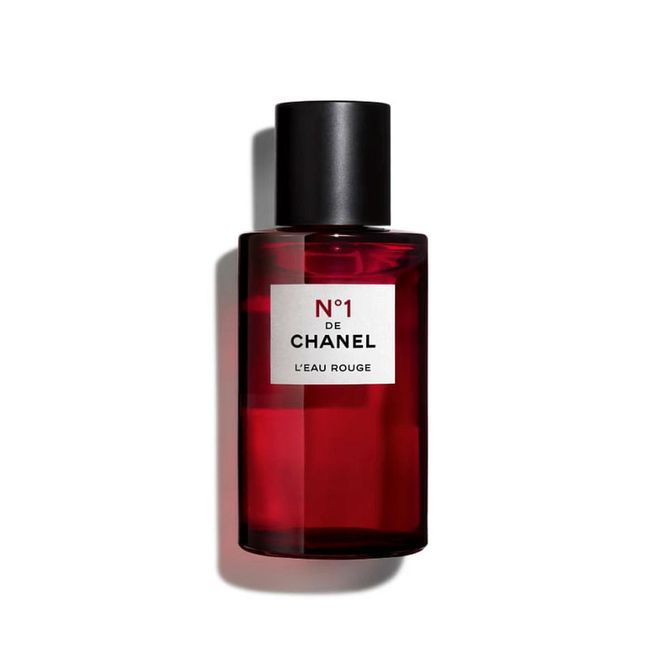
Photo: Chanel
No. 1 de Chanel L’Eau Rouge
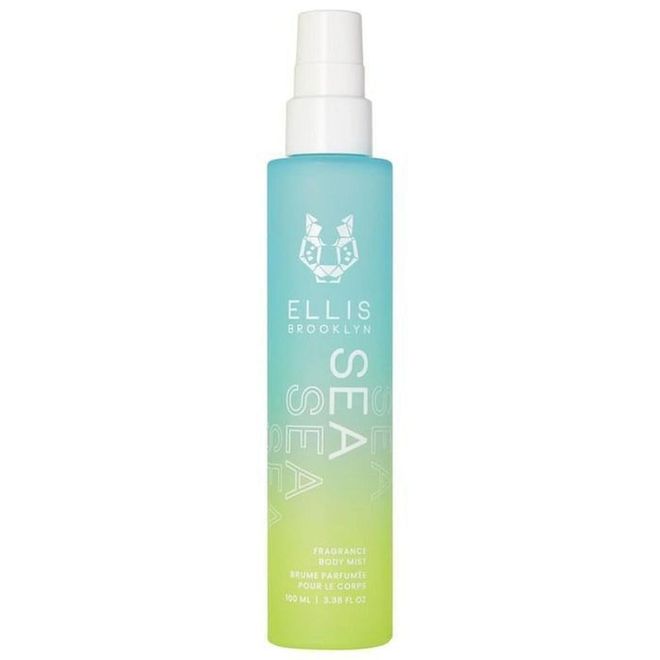
Photo: Niche Beauty
Ellis Brooklyn Sea Fragrance Body Mist
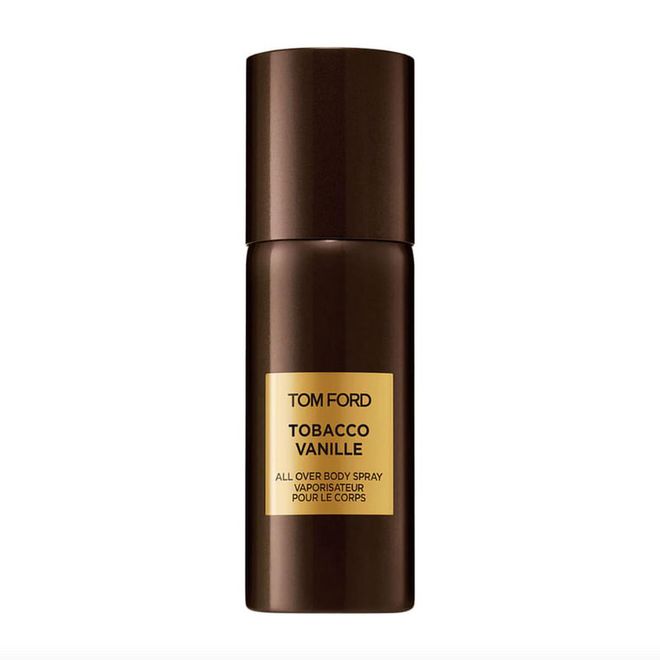
Photo: Selfidges
Tom Ford Tobacco Vanille All-Over Body Spray
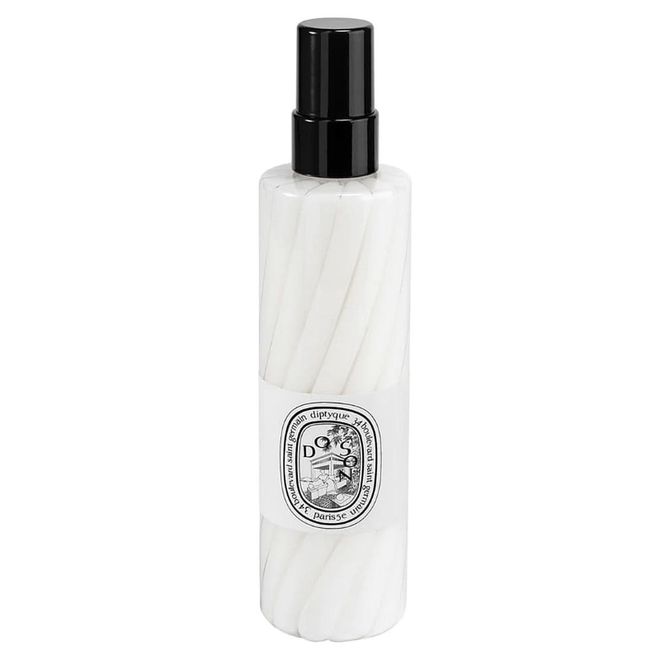
Photo: Escentials
Diptyque Do Son Body Mist
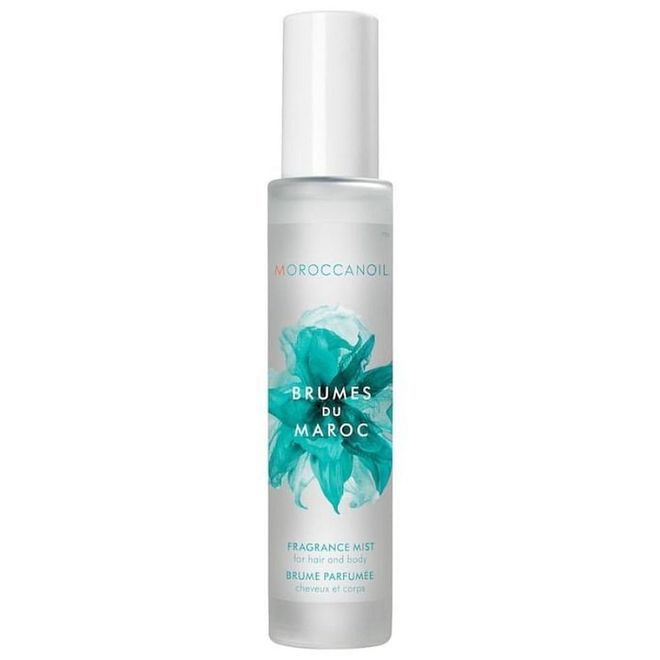
Photo: iShopChangi
Moroccanoil Fragrance Mist
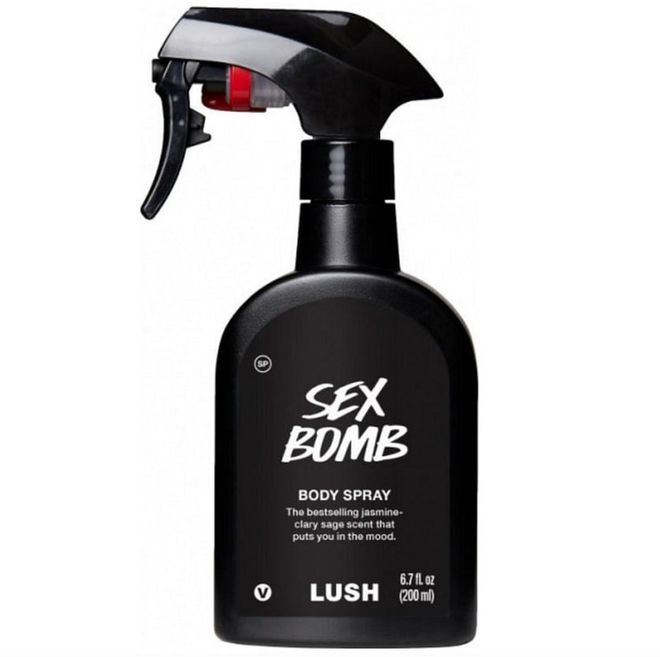
Photo: LUSH
Lush Sex Bomb Body Spray
Related article: Fragrance Files: 16 Affordable Perfumes Under $100
Pros and Cons of Body Sprays
A body spray’s big benefit is also its weakness: potency. “A body spray is designed to be reapplied,” says Theis. The lower fragrance load means you need to use a heavier hand to replicate the potency of an eau de parfum or toilette. Alternately, a body spray can be used in tandem with its more powerfully scented siblings to create your own custom fragrance. “It’s very common to layer different yet complementary fragrances to create your own unique scent,” Gonzalez says. “The affordability of mists allows for this kind of experimentation and play.” However, Theis notes that she isn’t seeing consumers replace their parfums or toilettes with sprays—rather, they’re rounding out their fragrance portfolios with these mists, as add-ons.
What if you’re using a spray on its own, but you want more potency? Consider adding it in multiple layers. “I put it on with no clothes, then I put it on as I have my intimate apparel on, and then I put it on my pulse points, and then finally on my clothes—it’s a whole ritual,” Theis says, adding that each of these steps typically involves at least 10 spritzes of body spray. With a traditional perfume, such a routine would clear out a room, but a mist is subtle. You’d also go through a bottle a week, but sprays and mists come in much larger containers: Theis’s ritual equates to over 50 spritzes, but she says she’s still not through her first bottle of Henry Rose Body Spray, despite having used it daily for months. Body sprays have a much lower price point, too. Henry Rose’s comes in a 200-milliliter aluminum can and costs about US$75, whereas a 50-milliliter glass bottle of one of the brand’s eau de parfum retails for about US$120.
One surprising twist couldn’t have been predicted 20 years ago, when body sprays first made a splash: “Prestige and luxury brands are embracing the mist format,” Gonzalez says. “Tom Ford, Diptyque, Chanel, and Dior have given a serious upgrade to the body mist, and provide a more accessible introduction for those trying out these luxury brands for the first time.”
Related article: Inside The Mul Farm: Harvesting The Jasmine Flower That Goes Into The Iconic Chanel Nº5
Body Spray’s Exciting World of Innovation
While the terms 'body spray' and 'fragrance mist' lack the sexy allure of their more potent forebears’ French names, the formulas themselves are no less interesting, complex, or groundbreaking. Some brands are innovating with functional ingredients. Take Chanel, whose No. 1 de Chanel L’Eau Rouge mist is designed not only to smell hypnotic, but also to hydrate and refresh the skin when applied to pulse points and the décolletage. Powered by camellias carefully cultivated in the brand’s dedicated botanical conservatory in Gaujacq in southwestern France (home to around 2,000 varieties of the flower), the mist contains ingredients used almost exclusively in skincare—until now. These include a high percentage of refreshing camellia water and revitalising red camellia extract. But although Chanel’s emblematic flower offers proven skin-boosting benefits, the luscious blooms bear no scent. So in-house perfumer Olivier Polge scented the energetic mist with notes of jasmine, orange blossom, rose, and berries, against a balancing base of musk and iris.
Where do body sprays go from here? Only up, says Theis. “This has a lot of depth to it,” she adds of the trend. Henry Rose is predicting longevity in the body spray market, and will continue to invest in the genre with future scent launches. Gonzalez predicts we’ll see further innovation, too. “Aside from smelling gorgeous, many of the body mists of today boast formulations which include good-for-you ingredients both for the skin and hair—an added beauty bonus,” she says.
Monet notes that in the early ’00s, young people often used body sprays as both fragrance and hygiene product. That intersection is being explored again as well, with products like OffCourt Performance Body Spray, which toes the line between all-over deodorant and distinctive scent, using prebiotic ingredients to regulate odour production. In fragrance as in everything else, what’s old is new again.
This article originally appeared in Harper’s BAZAAR US.